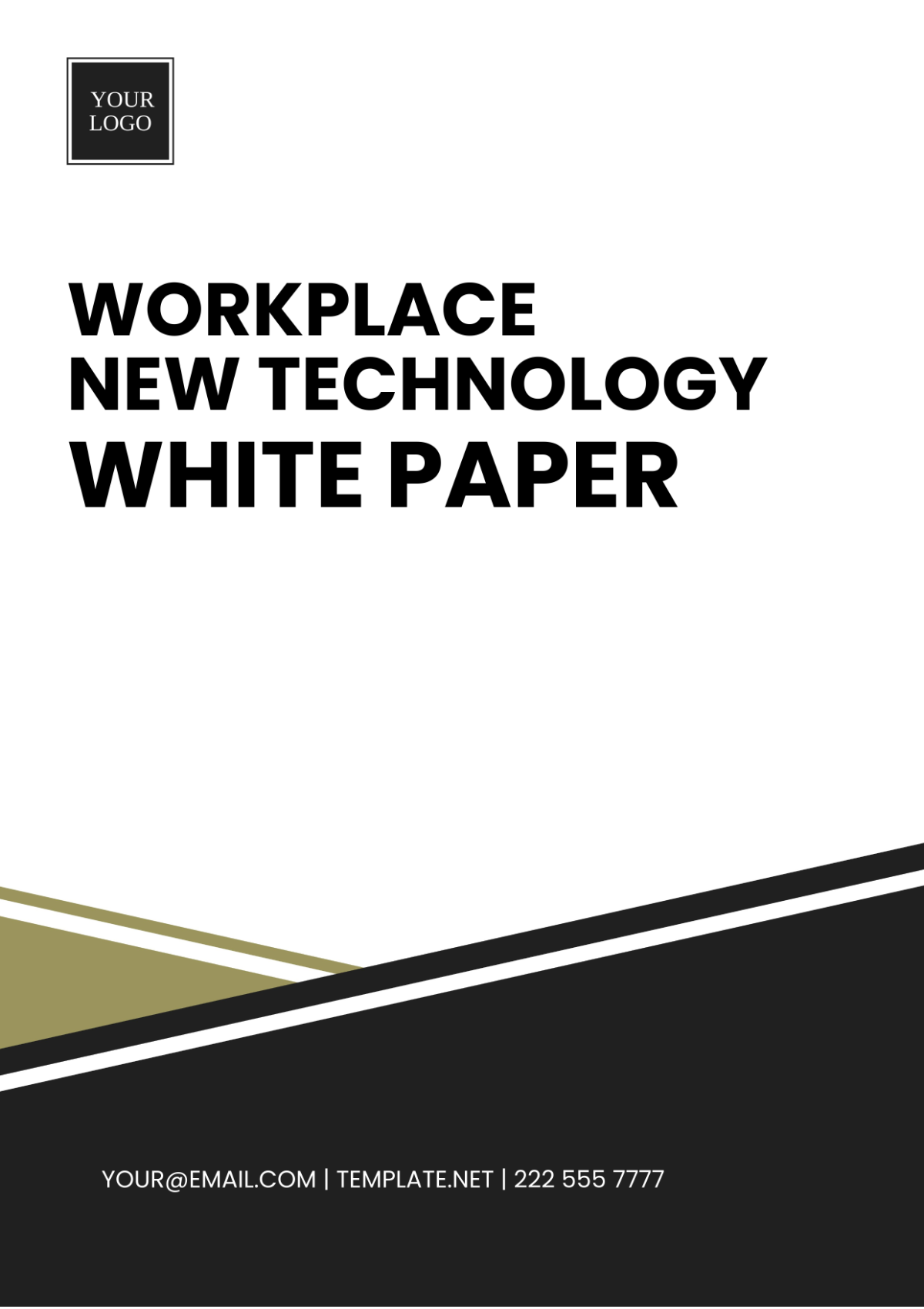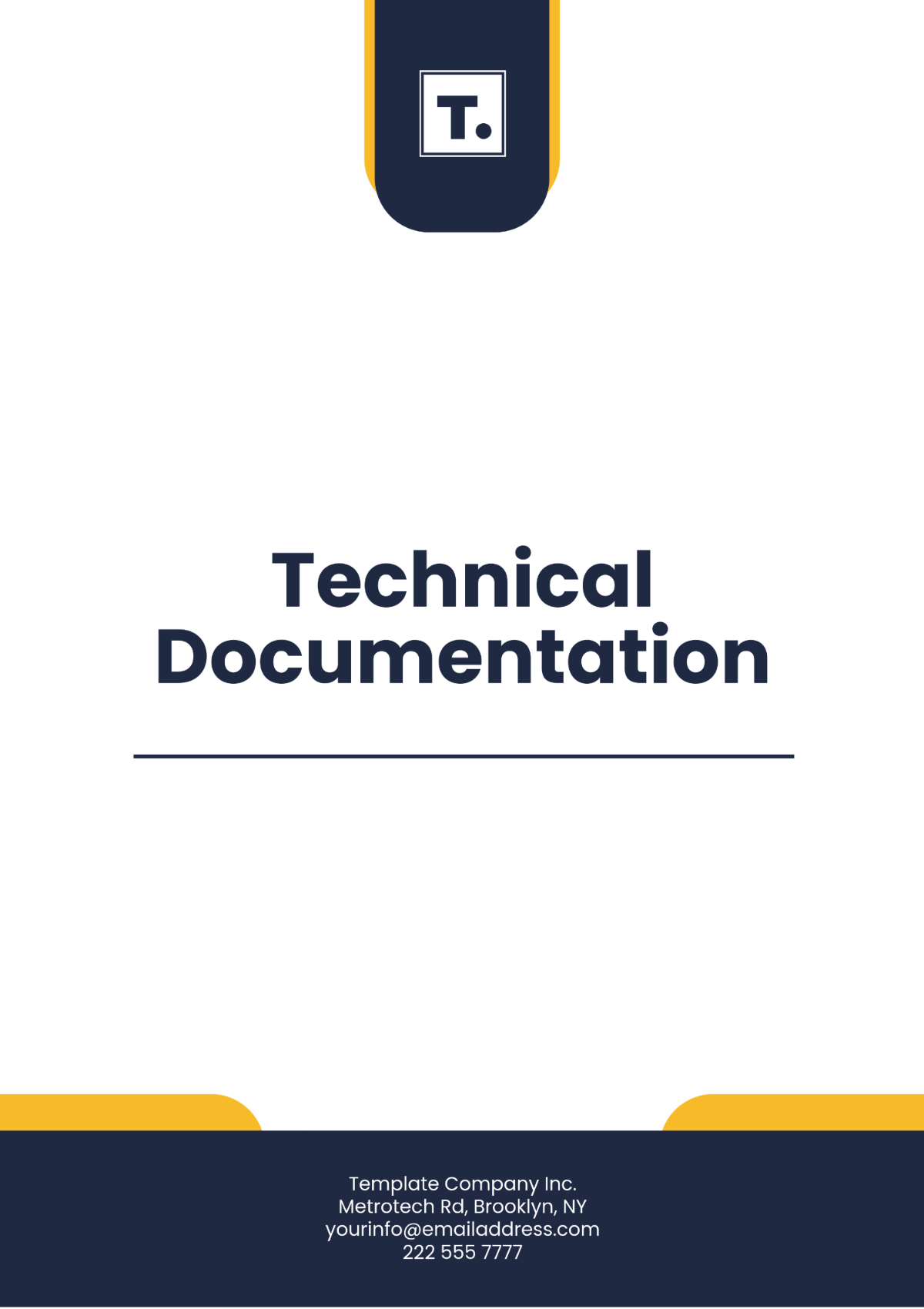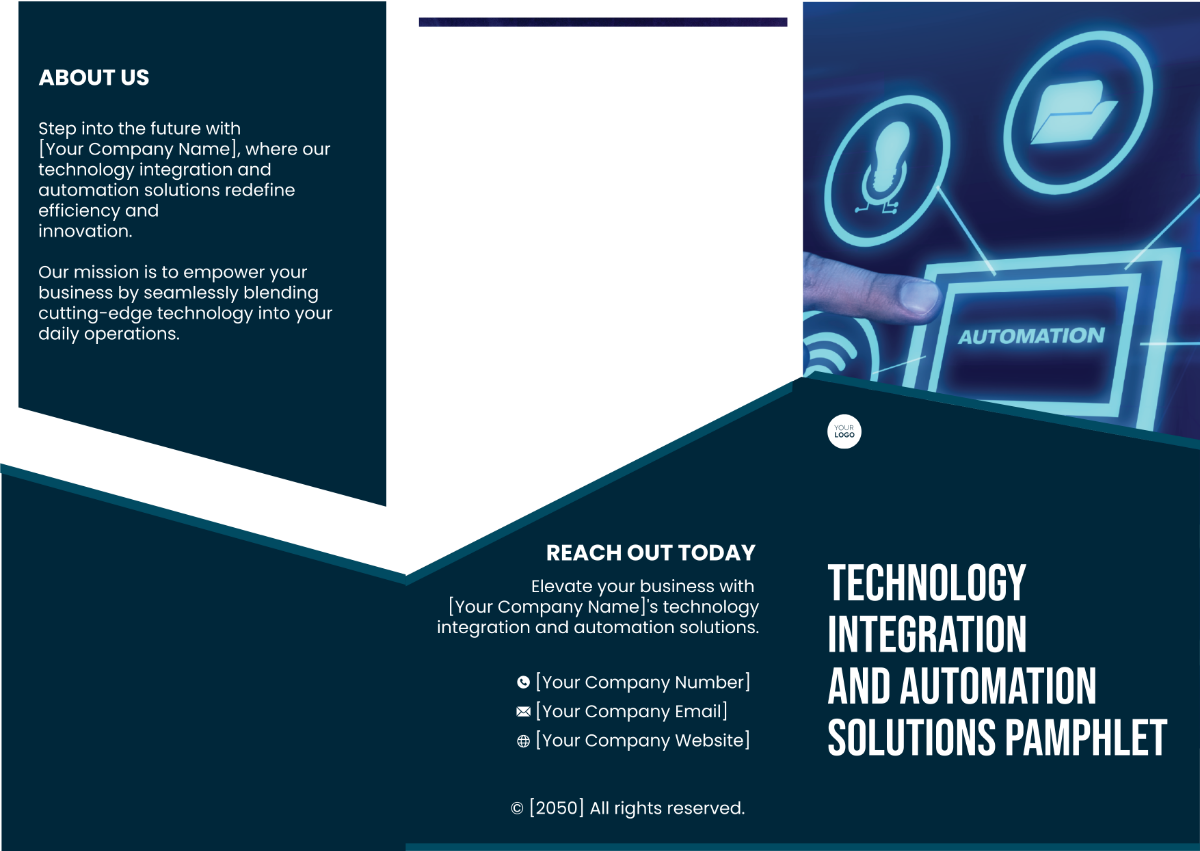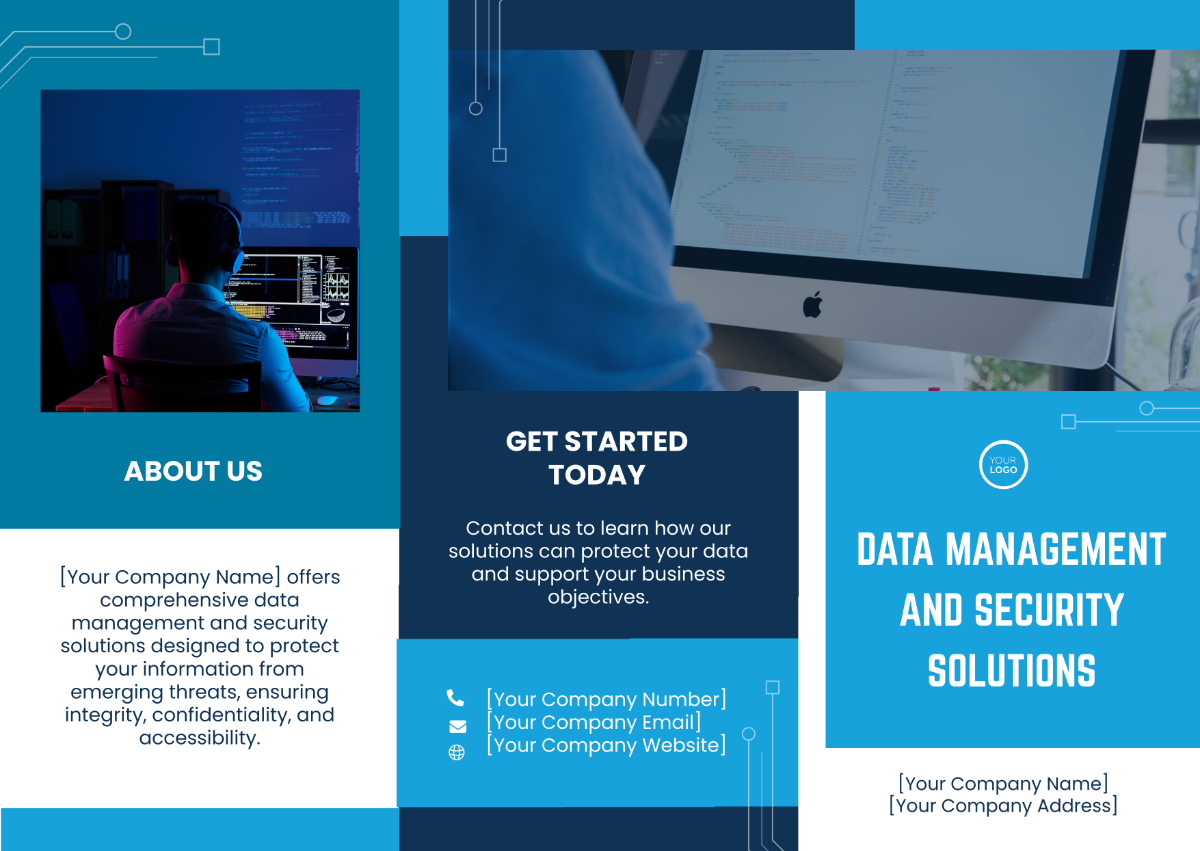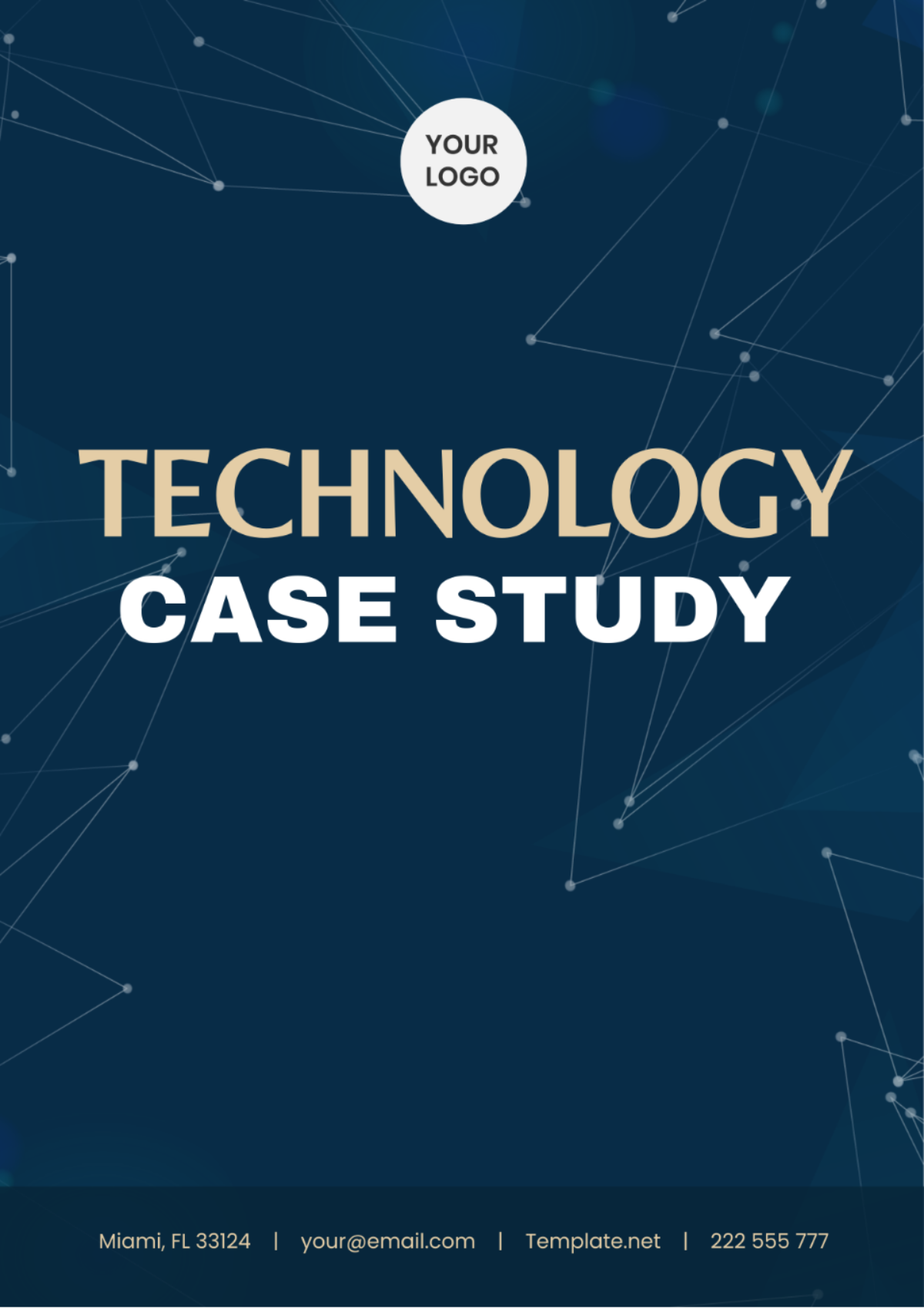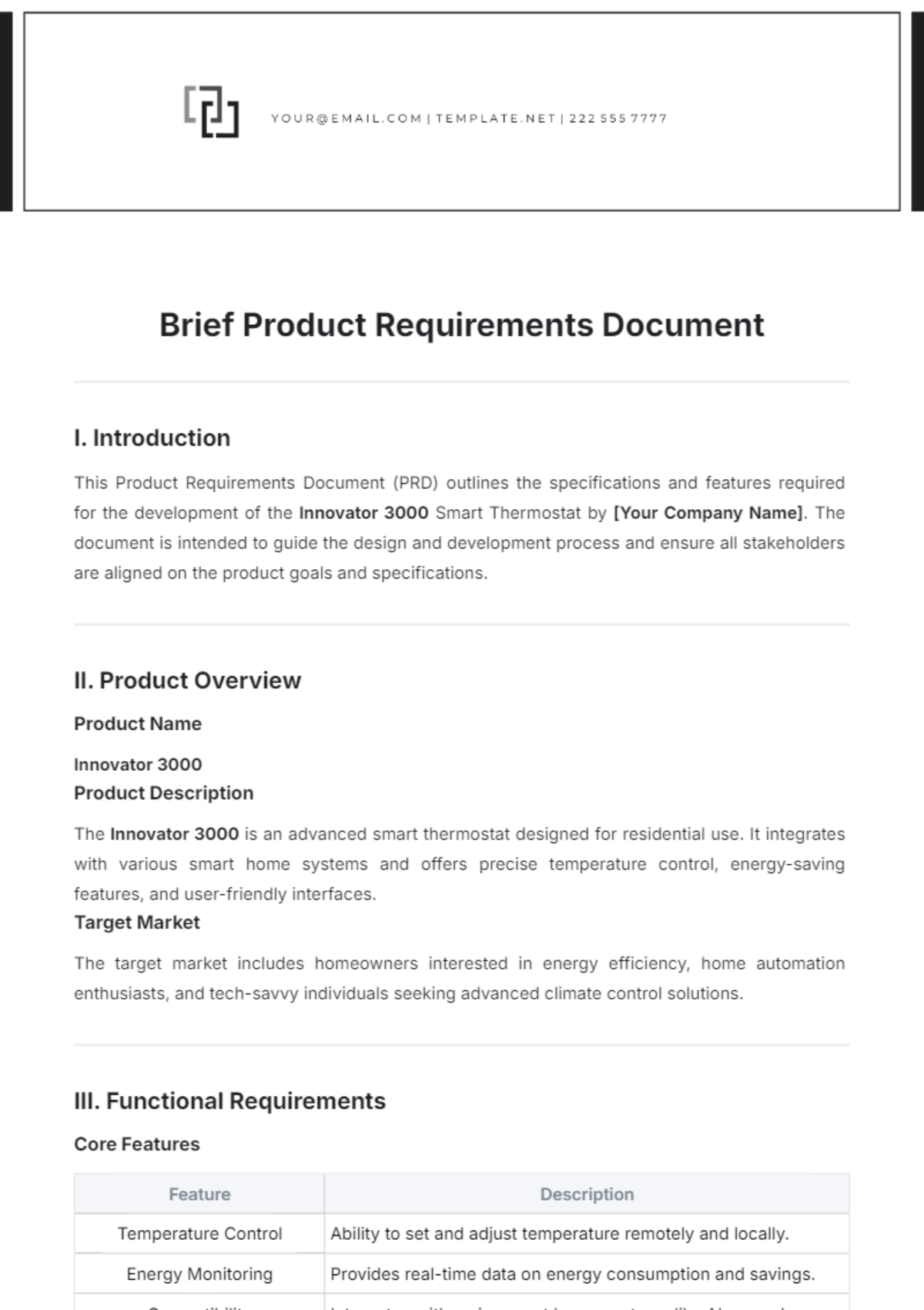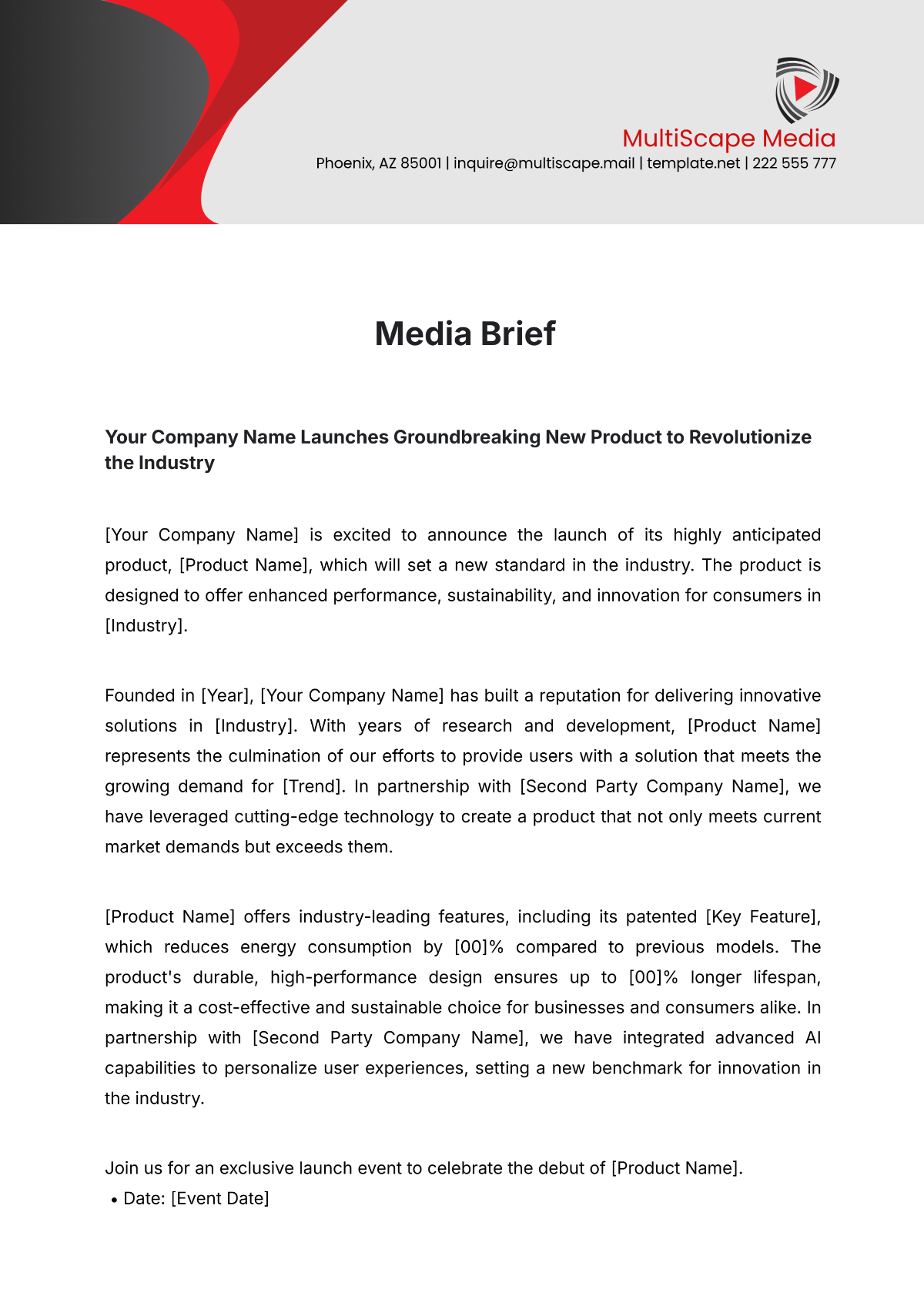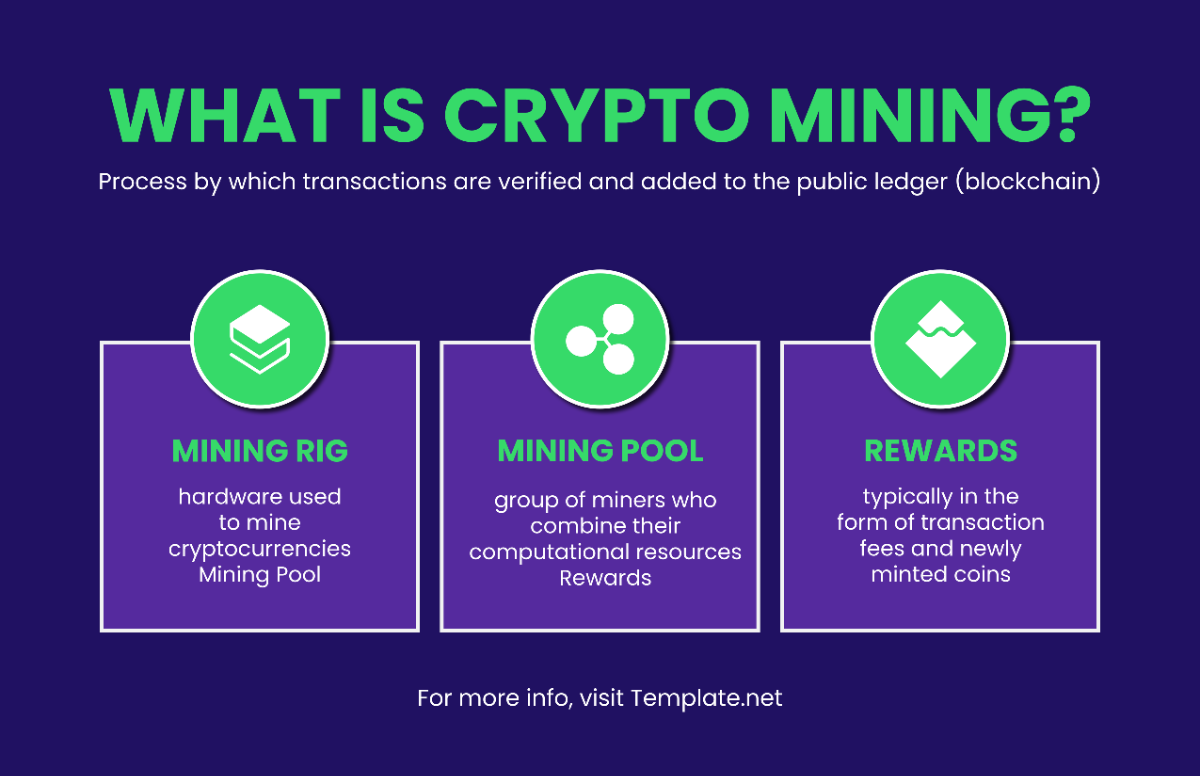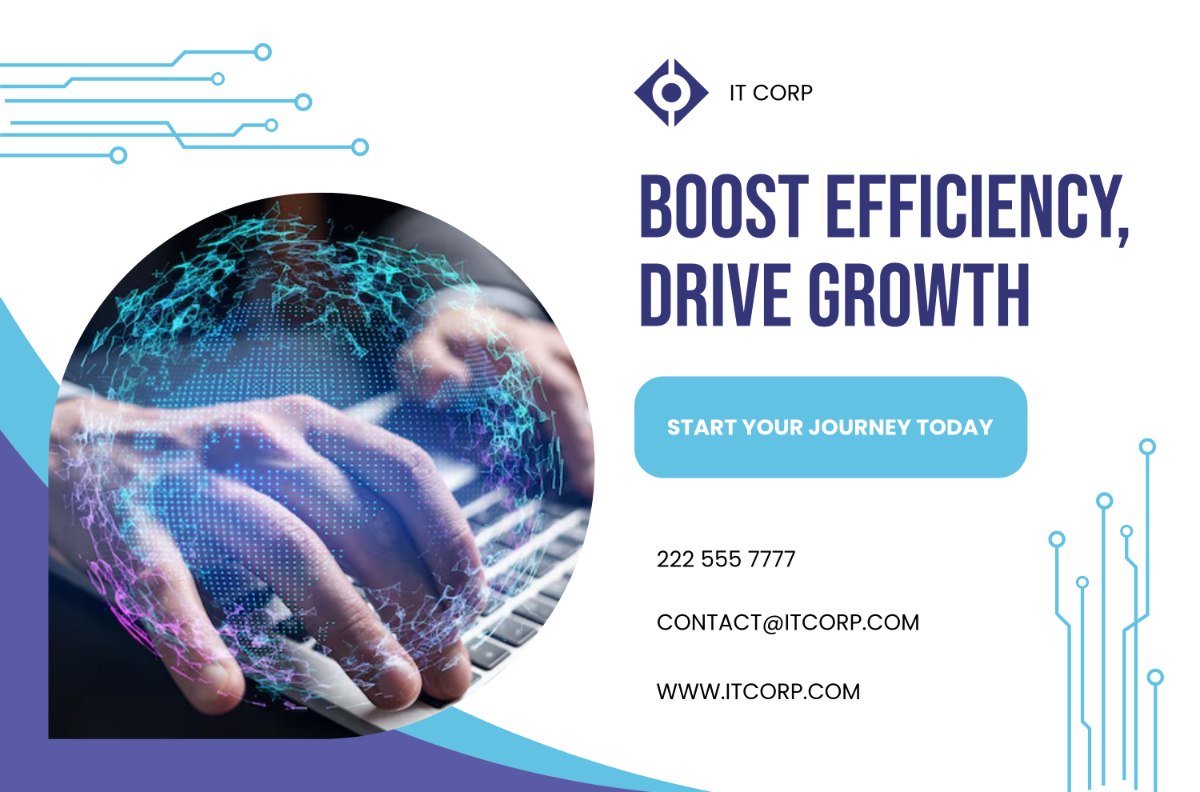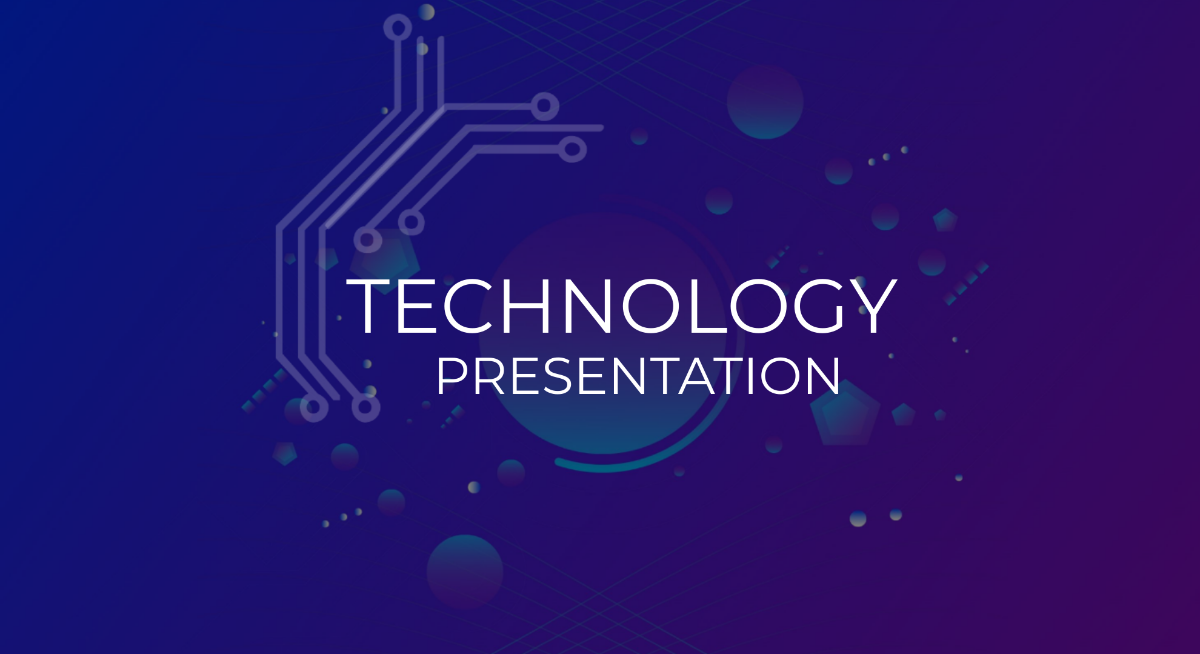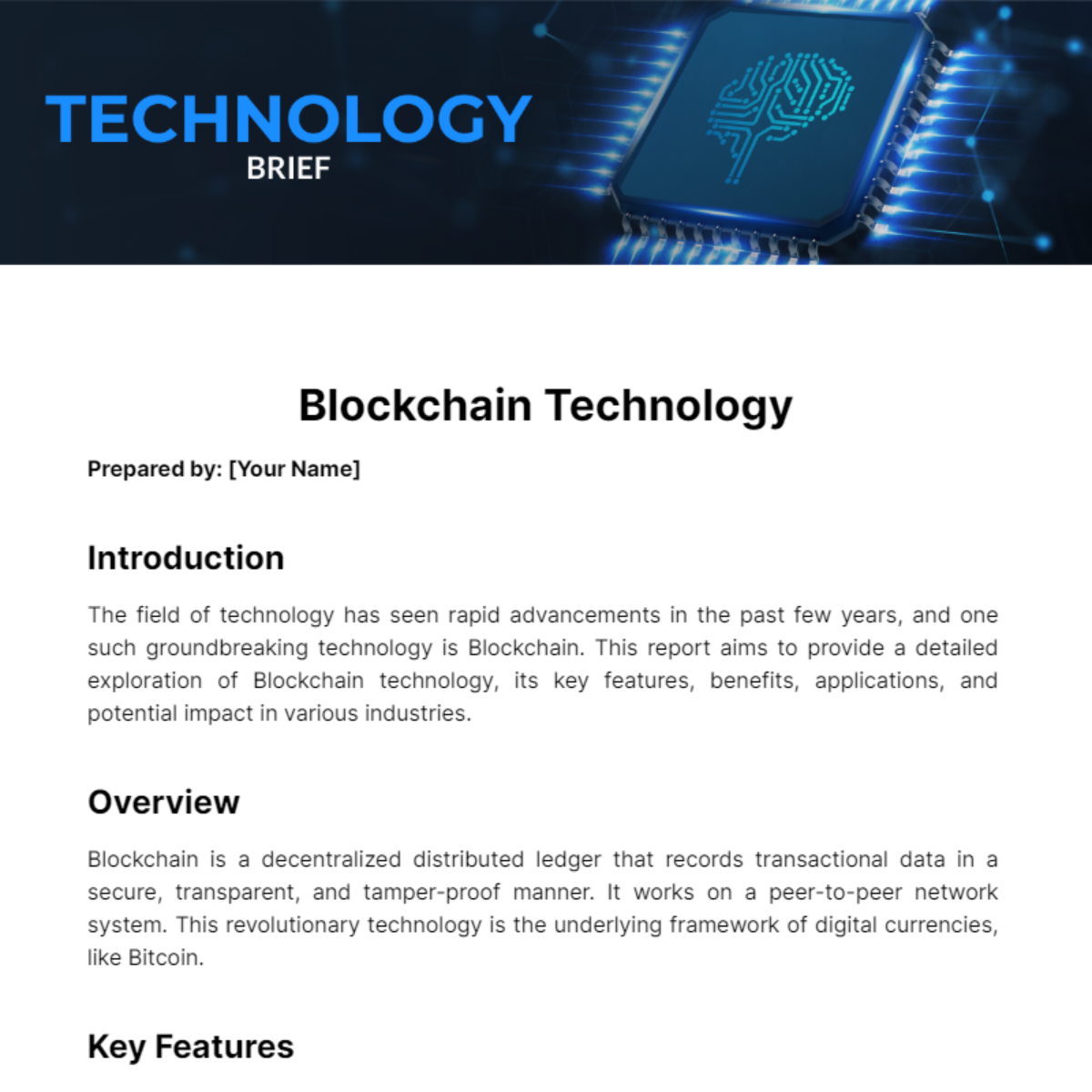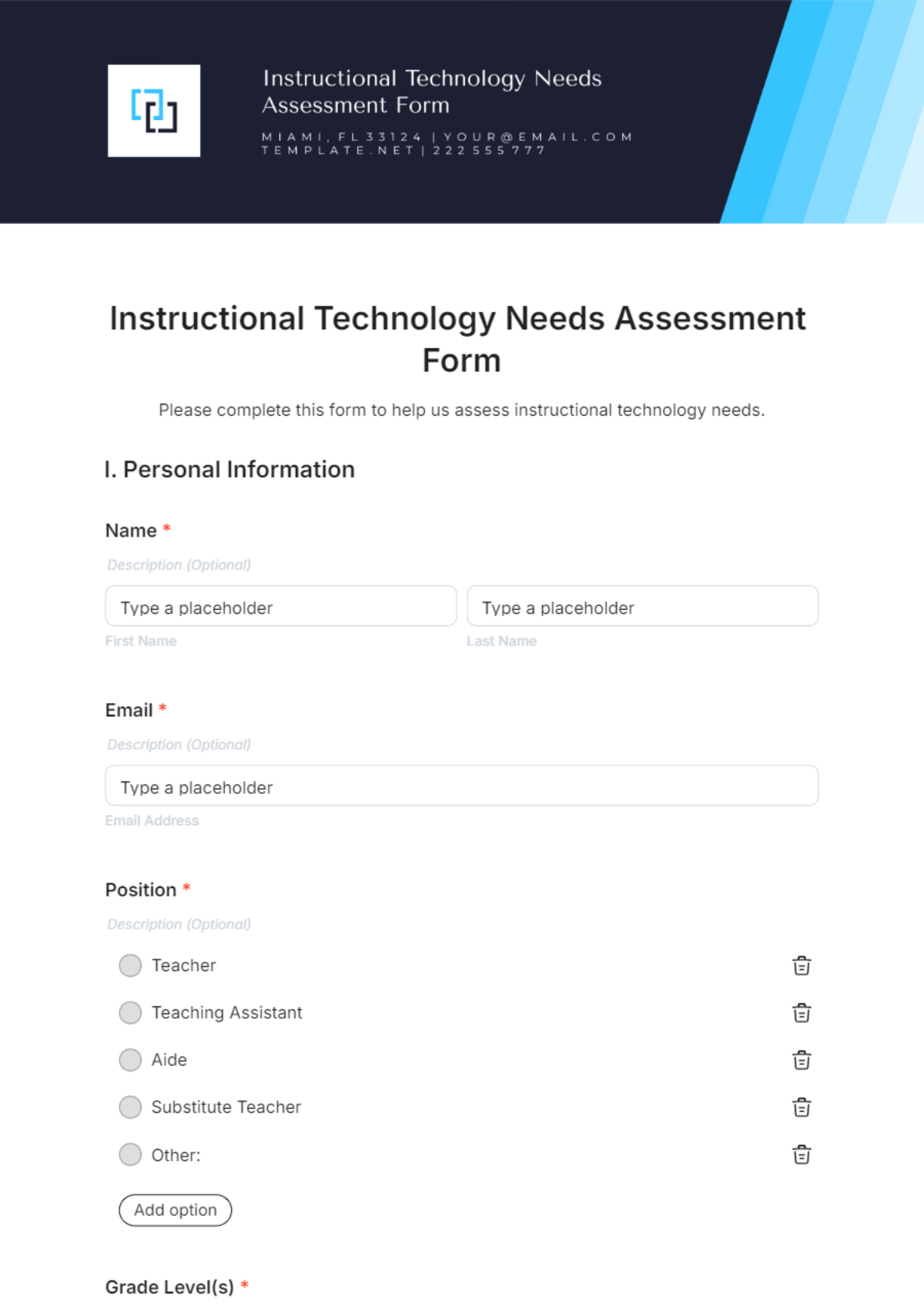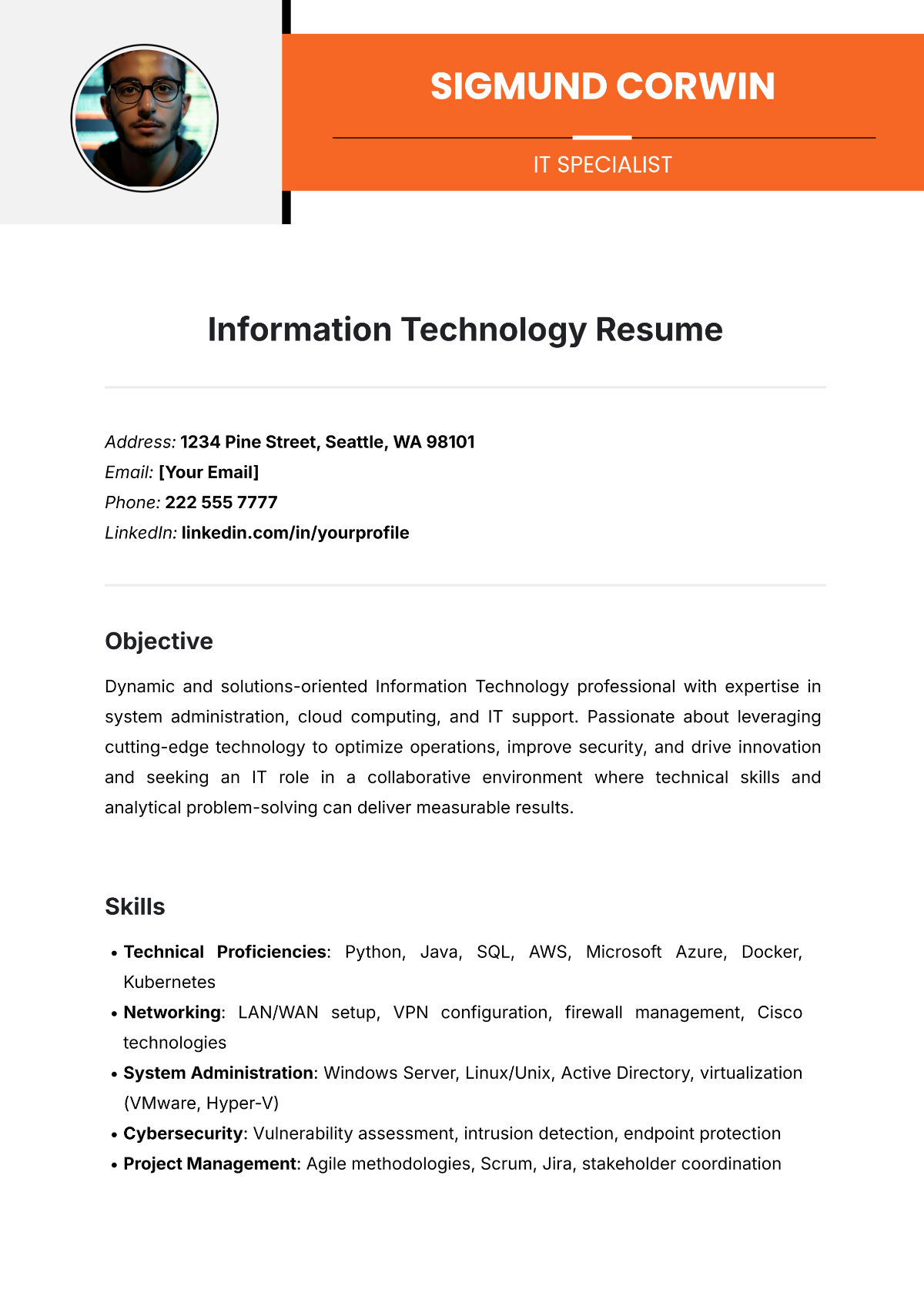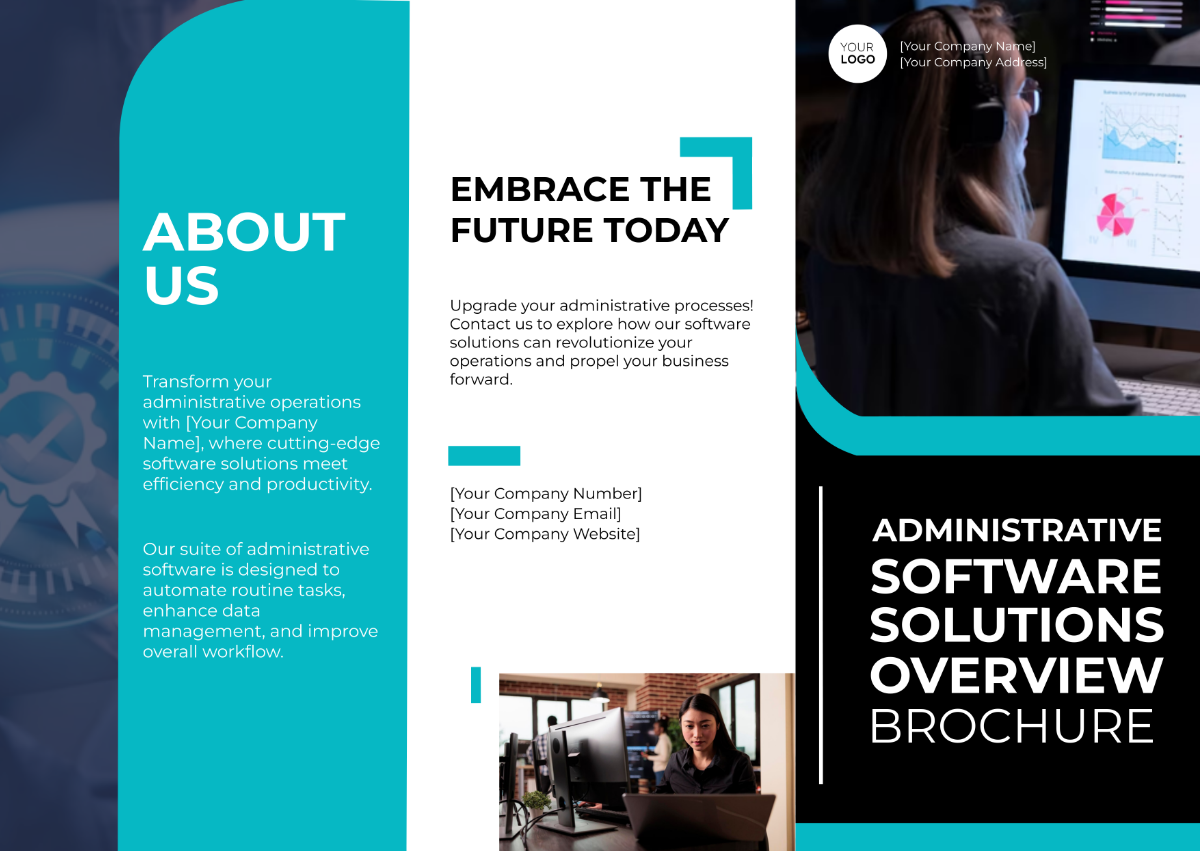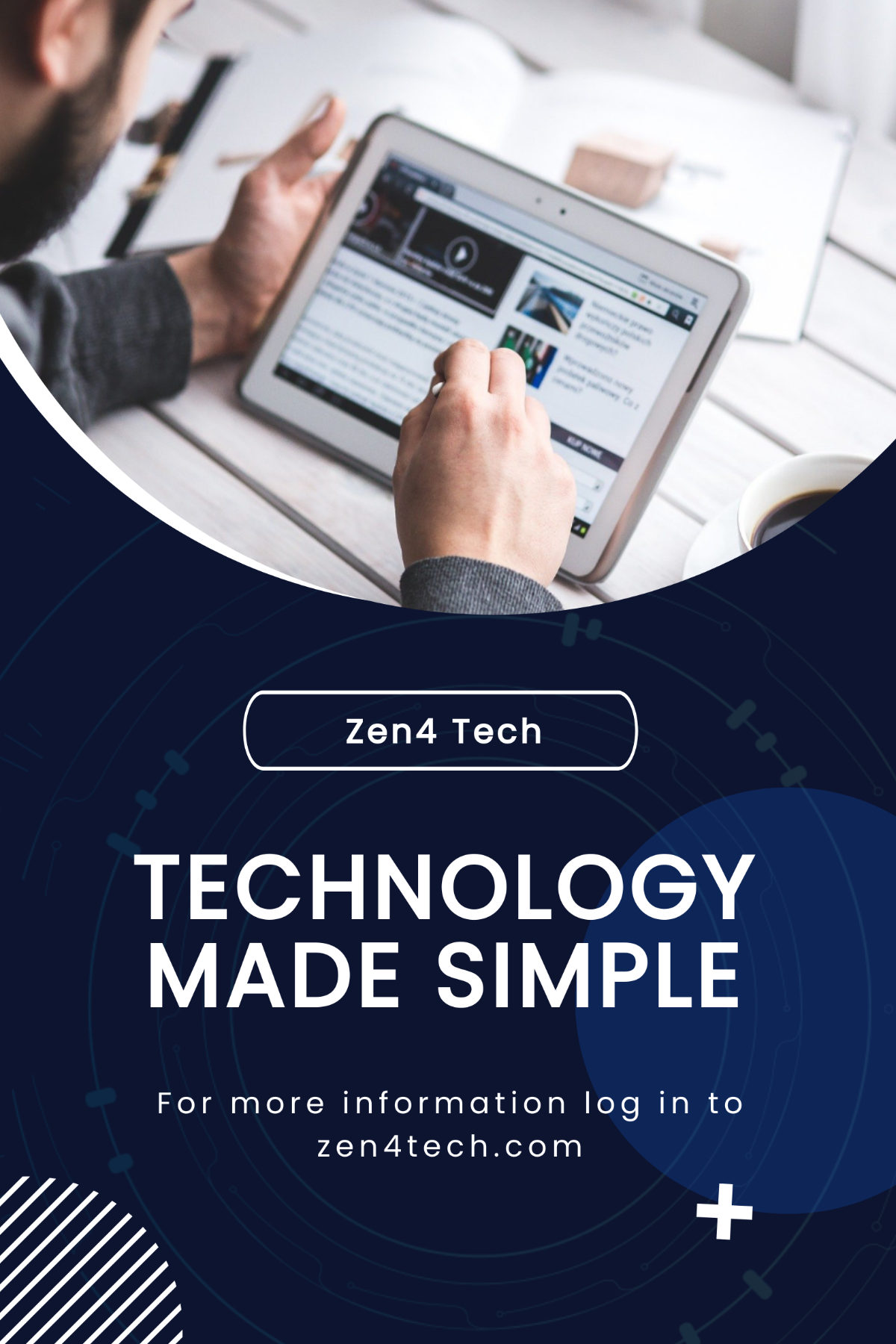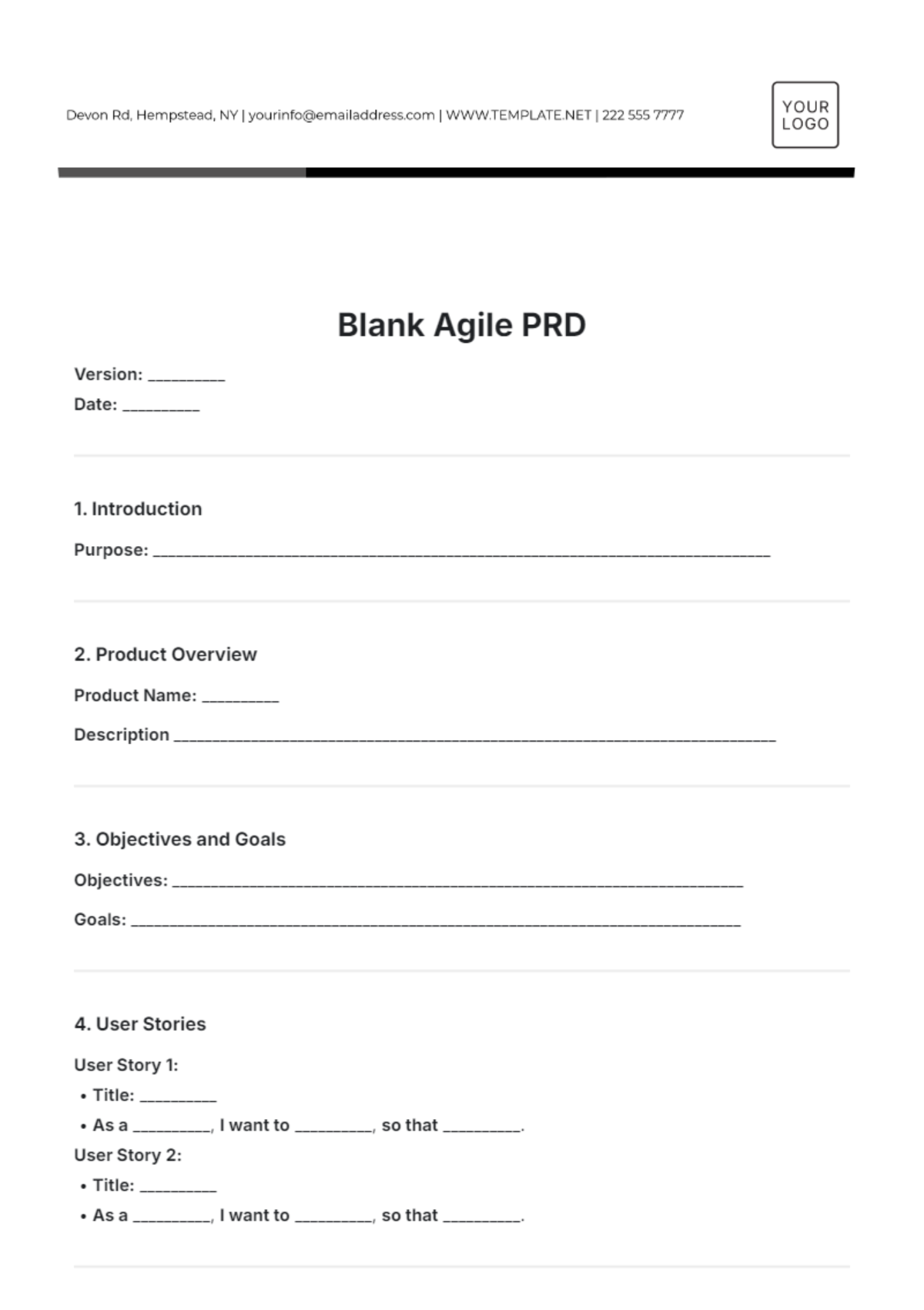IT CASE STUDY
I. Introduction
In this section, provide a brief overview of the IT Case Study, including the problem or situation addressed, the key stakeholders involved, and the objectives of the study. Describe why this case study is important and what readers can expect to learn from it. Highlight the relevance of the IT issue being discussed and its impact on the [Your Company Name] or industry.
II. Background
[Your Company Name] faced a significant challenge in the realm of Information Technology (IT) that required a strategic approach and innovative solutions. This section provides context about the organization, its IT infrastructure, and the specific challenges that prompted the need for this case study. Detail the history of the IT issue, any previous attempts to address it, and the limitations or shortcomings encountered.
III. Objectives
Outline the specific objectives of the IT Case Study. These objectives should be clear, measurable, and aligned with the overall goals of the organization. Include both short-term and long-term objectives, such as improving IT efficiency, reducing costs, enhancing security measures, or optimizing IT workflows.
IV. Methodology
Describe the methodology used to conduct the IT Case Study. This includes the research approach, data collection methods, tools or technologies utilized, and any analytical frameworks applied. Provide details on how data was gathered, analyzed, and interpreted to derive meaningful insights and conclusions.
V. Challenges Faced
Identify and discuss the challenges encountered during the IT project or initiative. This section should delve into the technical, operational, financial, and organizational challenges that were obstacles to achieving the desired outcomes. Use specific examples, data, and anecdotes to illustrate the complexity of the challenges and their impact on the project's success.
VI. Strategies Implemented
Highlight the strategies, solutions, and interventions implemented to address the challenges identified. This may include IT infrastructure upgrades, software implementations, process optimizations, cybersecurity measures, training programs, or strategic partnerships. Explain the rationale behind each strategy and how it was tailored to fit the organization's unique needs and goals.
VII. Outcomes Achieved
Present the outcomes, results, and achievements resulting from the implemented strategies. Use quantitative and qualitative data to demonstrate the impact of the IT interventions on key performance indicators, such as cost savings, productivity gains, revenue growth, customer satisfaction, or risk mitigation. Discuss any unexpected outcomes or lessons learned during the process.
VIII. Lessons Learned
Reflect on the lessons learned from the IT Case Study. Identify key takeaways, insights, and best practices that can be applied to future IT projects or initiatives. Discuss any challenges or mistakes encountered along the way and how they were addressed or mitigated. Provide recommendations for improving IT practices and avoiding common pitfalls.
IX. Conclusion
Summarize the key findings, outcomes, and implications of the IT Case Study. Reiterate the importance of the study in advancing IT capabilities and driving business success. Encourage readers to apply the lessons learned and strategies discussed to their IT endeavors. Provide contact information or resources for further inquiries or discussions.
Prepared By:
[Your Name]
[YOUR POSITION]
[YOUR DEPARTMENT]
Contact Details:
[Your Email]
[Your Company Number]
[Your Company Website]
[Your Company Address]






